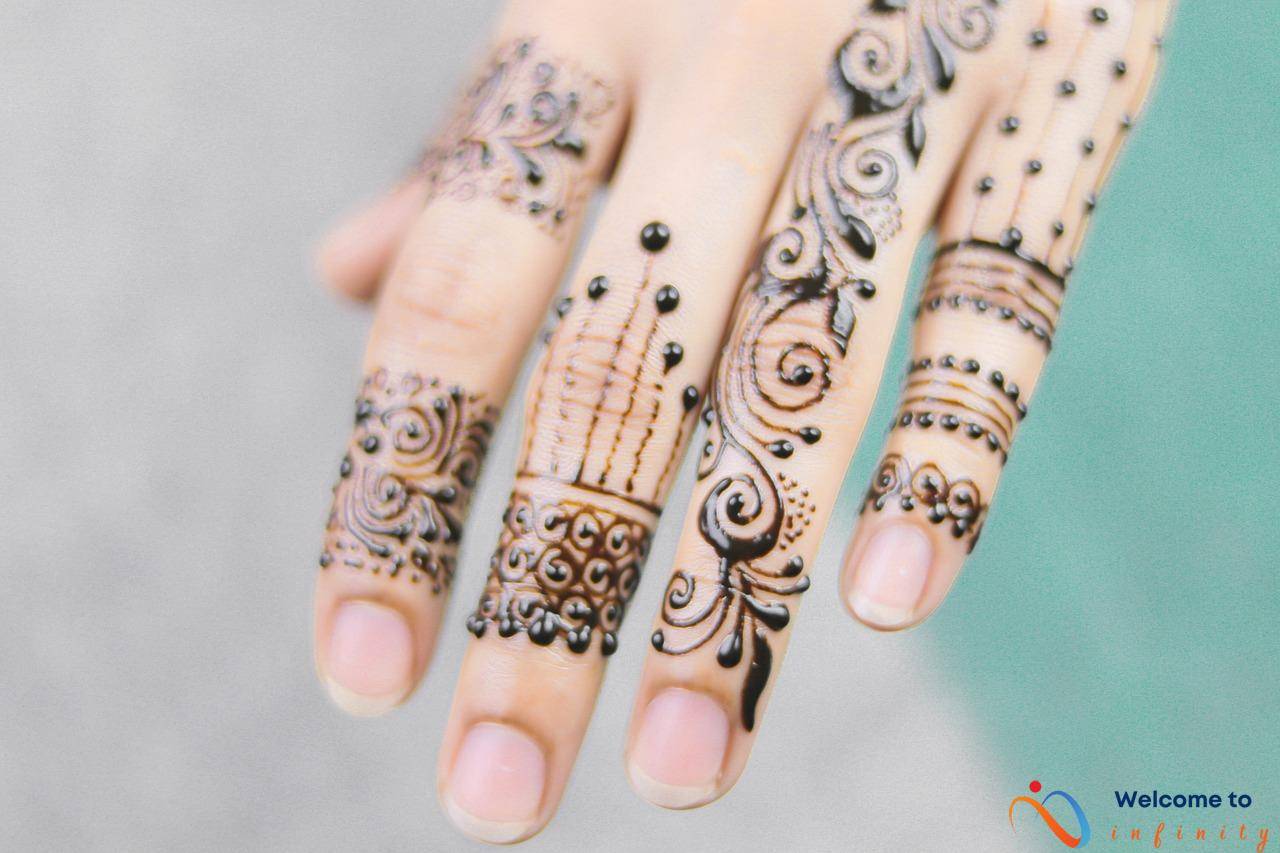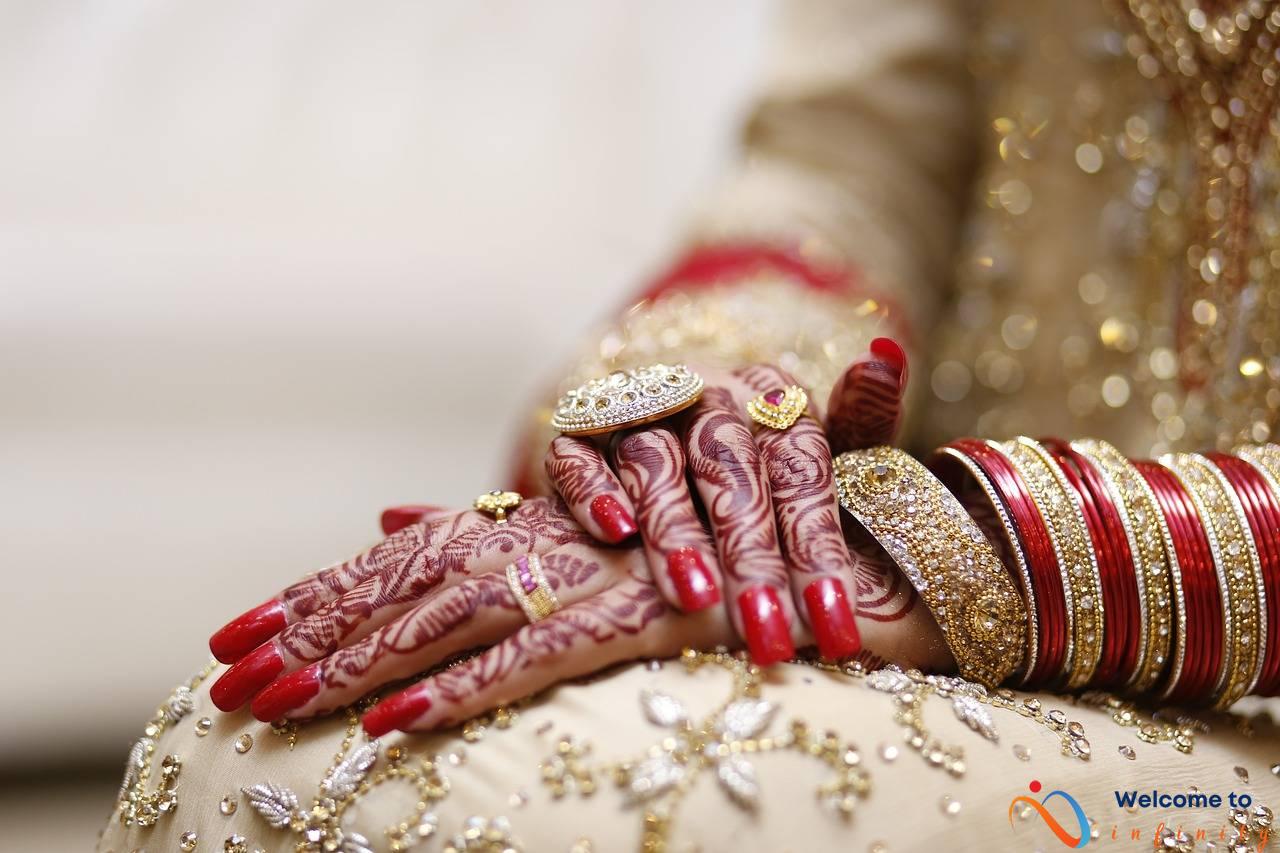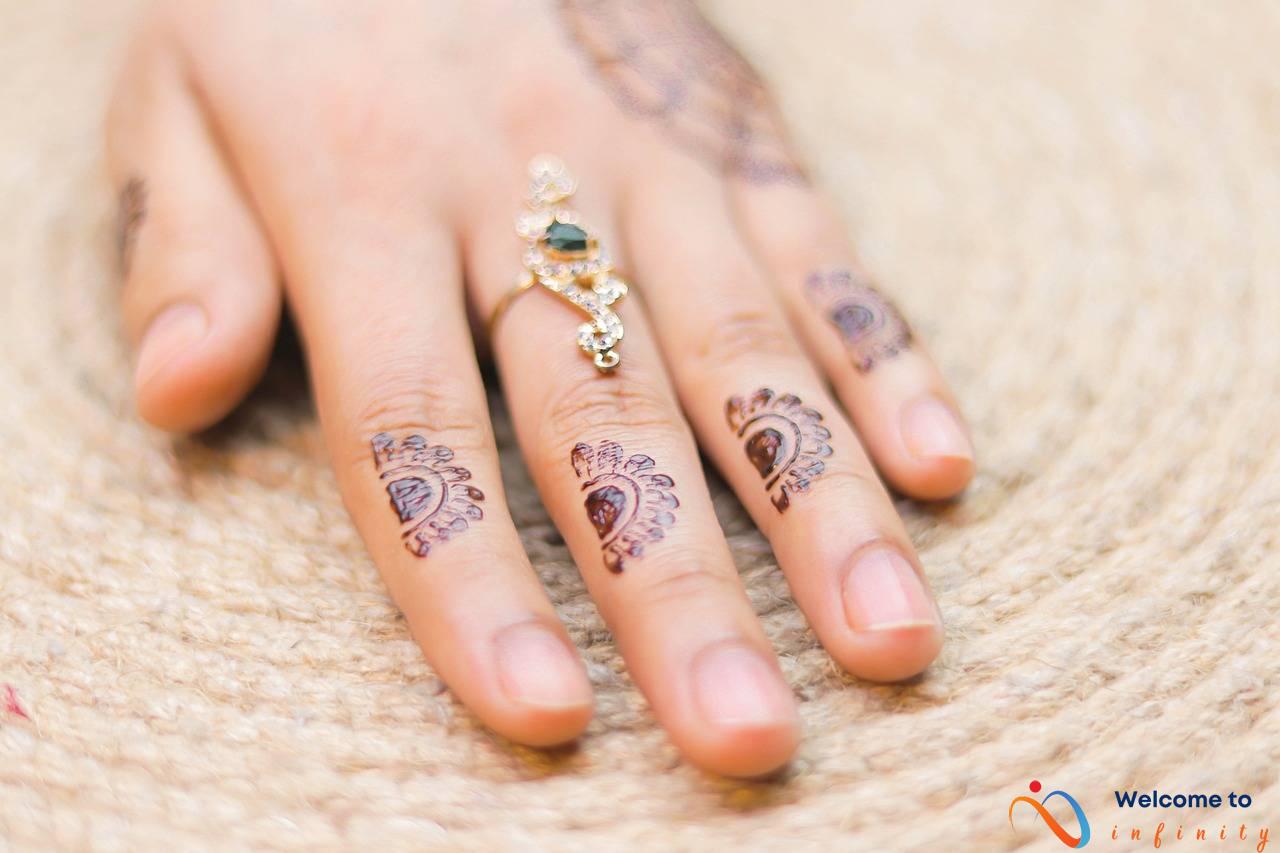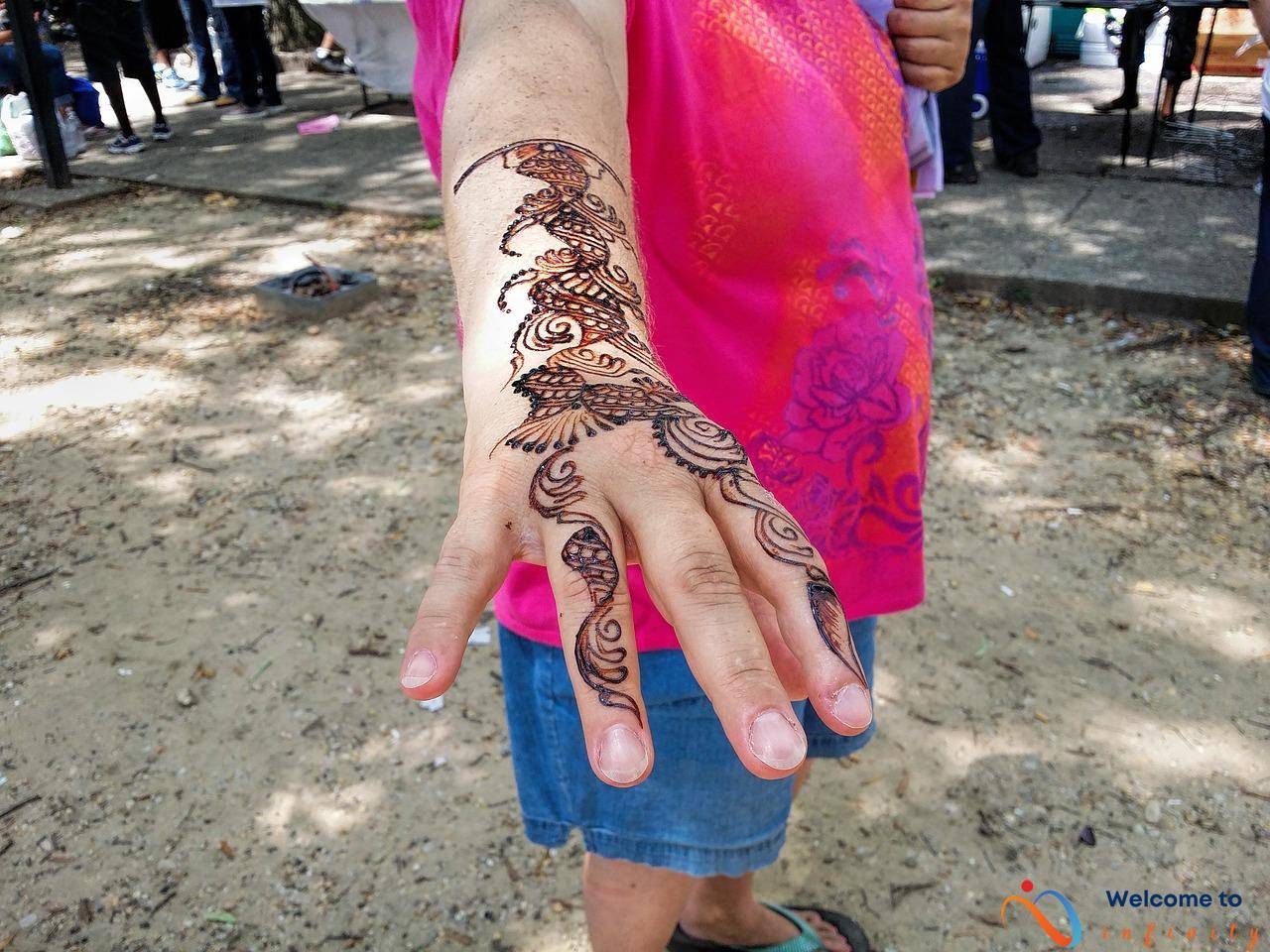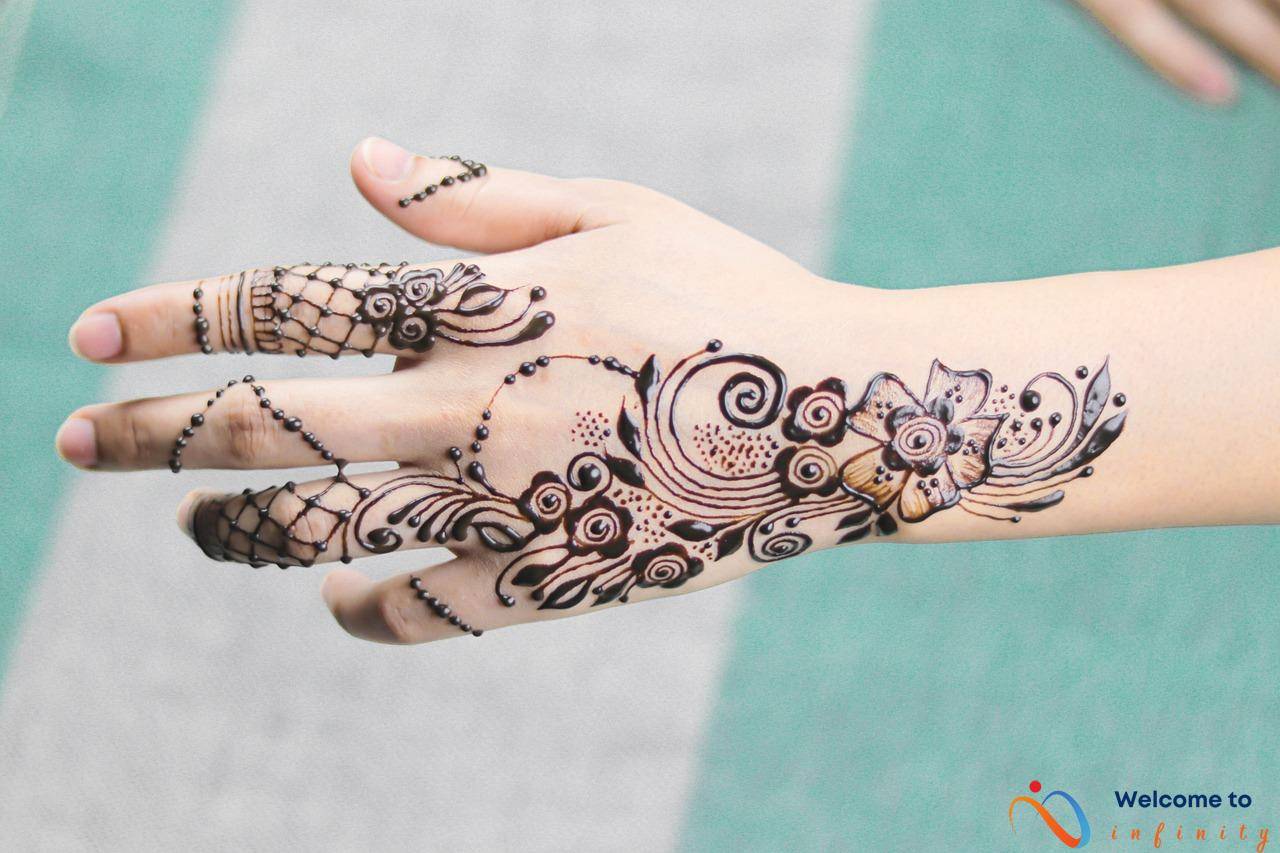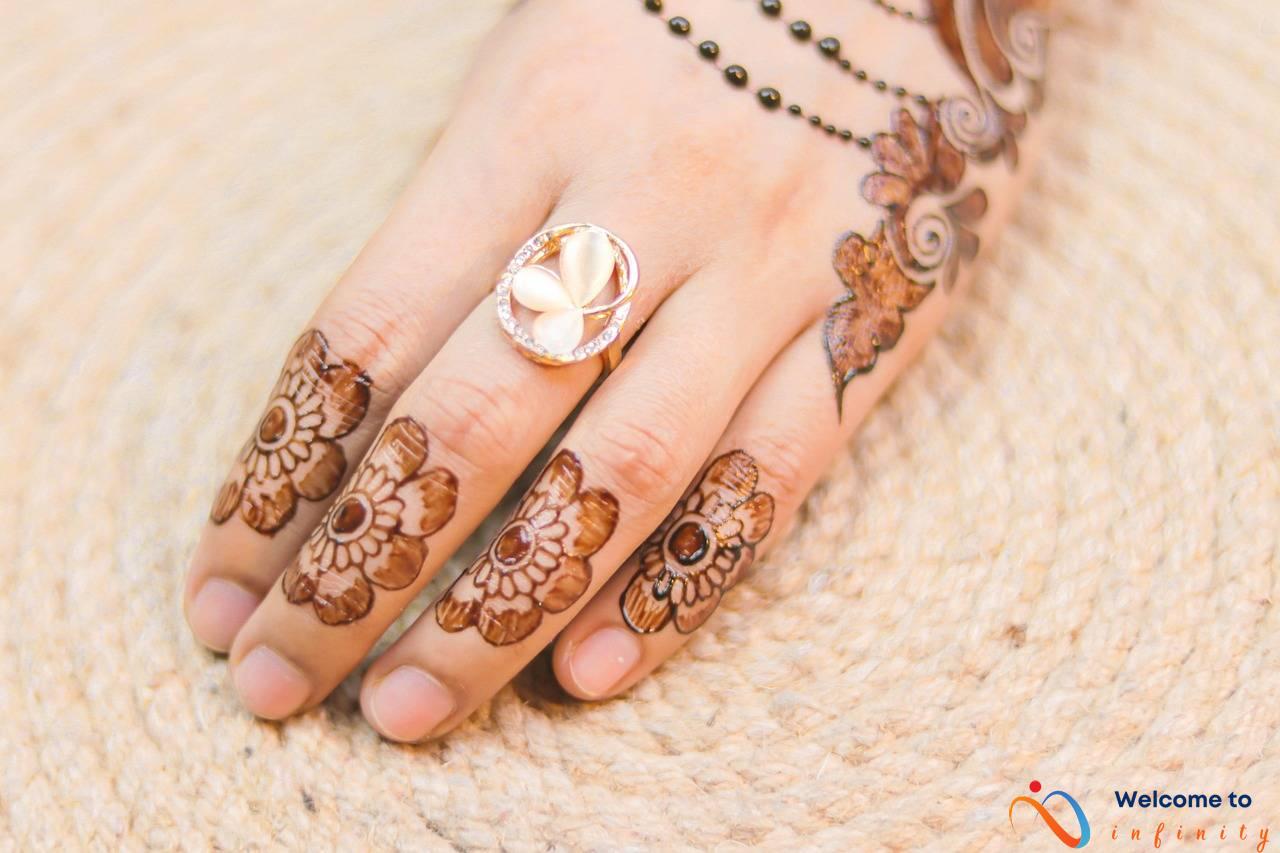If you've ever wondered what it takes to become a tattoo artist, this article is for you. Tattooing is an art form that requires both technical skill and creativity, and it's a craft that is honed over years of training and practice. In this article, we'll take a closer look at the world of tattoo artists, exploring their training, creative process, and the impact of the tattoo industry on society.
First and foremost, let's talk about training and education. Many tattoo artists start as apprentices, working under the guidance of an experienced artist to learn the ropes of the industry. Others may attend art school or teach themselves through trial and error. Regardless of how they got their start, all tattoo artists must learn proper techniques and safety protocols to ensure that their work is both beautiful and safe for their clients. Building a strong portfolio is also key to establishing themselves as a reputable tattoo artist, showcasing their skills and versatility.
When it comes to the creative process, tattoo artists work closely with their clients to bring their vision to life. Whether it's a small symbol or a full sleeve, the design process is a collaboration between artist and client to ensure that the final product is exactly what the client wants. The tattoo artist must also take into consideration the client's skin type, the placement of the tattoo, and the style that will best suit their vision. This requires both technical skill and creativity, as each piece must be adapted to the individual client.
- What influences the tattoo artist's creative process?
- What are some of the latest tattoo trends?
- How have tattoos become more mainstream in recent years?
The tattoo industry has come a long way in recent years, with new innovations and trends emerging all the time. From hand-poke and machine-free tattooing to new ink and pigment options, there's always something new to explore in the world of tattoos. Cover-up tattoos are also on the rise, providing individuals with the opportunity to transform or erase old tattoos that no longer serve them.
Finally, let's talk about the impact of tattoos on society. Once considered taboo, tattoos have become more accepted in recent years, with many seeing them as a form of self-expression and a way to showcase their identity and personal narrative. The tattoo industry has played a role in promoting body positivity and diversity, creating a space where everyone can feel comfortable and confident in their own skin.
| Training and Education | Creative Process | Impact on Society |
|---|---|---|
| Apprenticeships | Collaborating with clients | Promoting body positivity and diversity |
| Art school | Choosing the right style and placement | Expressing identity and personal narrative |
| Self-teaching | inspiration and influence | Mainstream acceptance |
Overall, the world of tattoo artists is complex, nuanced, and endlessly fascinating. By exploring their training, creative process, and impact on society, we can gain a deeper understanding of this art form and the people who create it.
Training and Education
Tattooing is an art, and like any other art form, it requires a certain level of expertise to succeed. Tattoo artists learn their craft through various means, including apprenticeships, art school, and self-teaching.
Apprenticeships are the most common route for aspiring tattoo artists. They typically involve working under a skilled artist who trains them in proper techniques, safety protocols, and business management. Apprenticeships can last from six months to several years, depending on the level of mastery the apprentice seeks to achieve.
Art school is another option for those looking to pursue a career in tattooing. Many universities and colleges now offer programs in tattoo artistry that provide a comprehensive study of tattoo history, design, and techniques.
Self-teaching is a less common but still valid option. Some artists choose to learn through trial and error, experimenting with different techniques until they find their niche. While it may take longer to master the craft this way, self-taught artists often bring unique perspectives and styles to the industry.
Regardless of the path they take, all tattoo artists must learn proper techniques, safety protocols, and the importance of building a strong portfolio. A strong portfolio showcases an artist's work and helps them attract clients.
In addition, tattoo artists must also stay up-to-date with new techniques, technologies, and equipment. Continuous learning is essential to develop their skills. Conferences, classes, and workshops are just some of the opportunities available to tattoo artists looking to improve their craft.
In conclusion, tattooing is a highly skilled craft that requires rigorous training and education. Whether through apprenticeships, art school, or self-teaching, learning proper techniques, safety protocols, and the importance of building a strong portfolio is crucial to success in the tattoo industry.
Creative Process
When it comes to tattooing, the creative process is crucial in order to produce a work of art that will last forever on someone's skin. Tattoo artists approach each project with a unique perspective and work with their clients to bring their vision to life.
One important aspect of designing a tattoo is choosing the right style and placement. Different styles can convey different meanings and emotions, so it's important for the artist to know what message the client wants to convey. Placement is also important to consider, as the artist needs to take into account factors such as the size and shape of the body part and the client's pain threshold.
Tattoo artists also need to consider the overall composition of the design, whether it's a standalone piece or part of a larger tattoo. They need to balance the elements of the design to create a cohesive and visually pleasing piece.
During the creative process, tattoo artists may use a variety of tools and resources to help them bring their ideas to life. This may include sketching by hand, using computer software to create digital designs, or even collaborating with other artists to get feedback and ideas.
- Designing a tattoo involves:
- Working with clients to bring their vision to life
- Choosing the right style and placement for each tattoo
- Balancing the elements of the design for a cohesive and visually pleasing piece
Overall, the creative process of tattooing is an art form in itself. Tattoo artists must combine their technical skill with their creative vision to produce a unique and personalized piece of artwork that will be cherished by their clients for a lifetime.
Inspiration and Influence
Inspiration and Influence
Tattoo artists are often willing to draw inspiration from various sources, ranging from cultural traditions to contemporary art styles. They may find inspiration in artwork, movies, books, music, and even in nature. The inspiration they gain from these sources is what channels their creativity and helps them to create unique designs for their clients.
Traditional tattoo styles such as tribal, japanese and American traditional, have been around for over a century and are popular today for a reason. Tattoo artists may draw inspiration from these classic styles and use them to design modern tattoos. Contemporary art styles such as watercolor or abstract art are also inspiring to some artists and are a great source of influence in crafting unique designs.
Moreover, many tattoo artists' unique perspective and creativity can play a pivotal role in shaping their work. Their personality, background, and life experiences all serve to influence their work. Tattoo artists put their whole heart and soul into each tattoo, combining inspiration and experiences to create unique and exclusive designs for their clients.
In addition, tattoos often hold deep cultural and spiritual meanings for individuals and communities. Tattoo artists may draw their inspiration from cultural traditions, and symbols, in their work. For instance, traditional African tattoos are worn for ritual purposes, signaling the different stages in life, and marking special occasions.
In conclusion, the inspiration and influence tattoo artists draw from their surroundings and experiences are what set their work apart. Through their unique blend of creativity and influences, tattoo artists are capable of creating customized pieces that are a true reflection of their clients' personalities, artistry, and cultural heritage.
Trends and Innovations
Tattooing is an ancient human tradition, but in recent years, it has seen a surge in popularity and innovation. Today's tattoo trends include a wide range of styles, from minimalist designs to elaborate masterpieces. Some of the latest innovations in the tattoo industry include:
- Hand-poke and machine-free tattooing: These techniques involve using a hand-held device or needle to create the tattoo, rather than a traditional tattoo machine. This allows for more precision and a gentler touch, making it a great option for those with sensitive skin.
- New ink and pigment options: Thanks to advancements in technology, there are now more ink and pigment options available than ever before. Some tattoo artists are experimenting with glow-in-the-dark ink, metallic pigments, and even ink that can change color depending on your mood or body temperature.
- Rise of cover-up tattoos: As tattoo removal technology improves, more people are opting for cover-up tattoos instead of getting rid of old tattoos altogether. Cover-ups can involve incorporating the old design into a new one or using creative techniques to hide it completely.
Whether you're a long-time tattoo aficionado or a curious newcomer, the world of tattooing has something to offer everyone. From hand-poked designs to cutting-edge ink technology, there's never been a more exciting time to be a part of the tattoo community.
Impact on Society
Tattoos have come a long way from being associated with criminal activity and rebellion to gaining mainstream acceptance in society. Today, tattoos are considered a form of self-expression and creativity, and they play a vital role in shaping one's identity.
Tattoos are a reflection of an individual, and they can showcase their beliefs, aspirations, and life experiences. Each tattoo has a personal story behind it, and it acts as a reminder of the significant moments in one's life.
The tattoo industry has played a crucial role in promoting body positivity and diversity. With an increase in tattoos featuring individuals of different ethnicities, backgrounds, and body types, there is a shift toward inclusivity and acceptance. Tattoos have become a way for people to reclaim their bodies and express themselves without fear of judgment or discrimination.
Tattoos have also become a symbol of resistance against societal norms and expectations. They challenge the idea of conventional beauty standards and encourage people to embrace their individuality. Additionally, their growing acceptance has led to a rise in tattoo-related media, with reality shows, online tutorials, and popular social media influencers showcasing their work and the beauty of tattoos.
The impact of tattoos on society is undeniable. They have evolved and transformed to become an empowering form of self-expression and promote a sense of community and inclusivity. Tattoos allow people to express their unique identities and narratives, contributing to a more accepting and diverse society.





